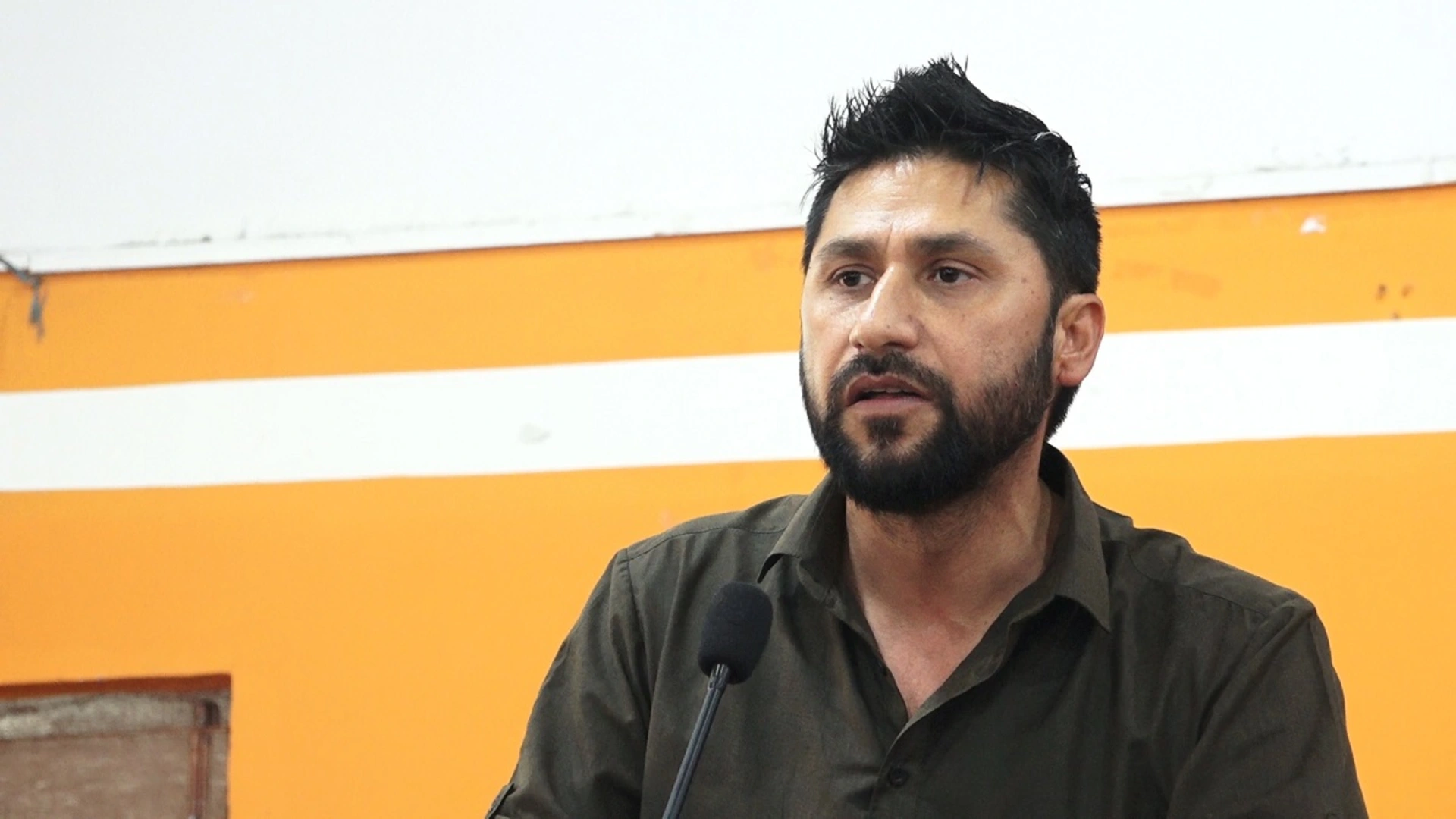A scorching heatwave recently swept across Mexico, Central America, and parts of the southern United States, leaving devastation in its wake. What should have been a normal weather event became a deadly crisis exacerbated by human-induced global heating, according to a study by World Weather Attribution (WWA).
The heatwave, driven by a persistent heat dome- a mass of hot air trapped close to the ground, brought record-breaking temperatures and prolonged heat to millions. From Mexico to Texas and Arizona, and southward to Belize and Honduras, communities endured extreme daytime and nighttime heat, pushing infrastructures and vulnerable populations to their limits.
The impact of Heatwave was stark: Mexico saw temperatures soar to nearly 52°C, marking its hottest June day on record and contributing to power outages, water shortages, and thousands of wildfires. Across the US Southwest, over 34 million people were under heat warnings, with Phoenix recording a surge in suspected heat-related deaths.
Central America, already vulnerable due to poverty and weak infrastructure, faced similar hardships. In Guatemala‘s dry corridor, where farming sustains livelihoods, temperatures hit 45°C, leading to crop failures and water scarcity. Honduras battled electricity rationing and unprecedented air pollution from forest fires. The human toll remains uncertain, but initial reports suggest significant casualties from heat-related illnesses and environmental impacts, including wildlife die-offs and widespread crop damage.
Scientists warn that such extreme heat events are becoming more frequent and intense due to climate change, with heatwaves now four times more likely compared to the past century. The study underscores that without swift and decisive action to curb fossil fuel emissions, deadly heatwaves could become commonplace in a world just 1.2°C warmer than pre-industrial levels.
Friederike Otto, a climate scientist involved in the study, emphasized the urgent need for political courage to address the root causes of climate change. She criticized ongoing reliance on fossil fuels despite decades of scientific warnings, attributing continued environmental degradation to political inertia and industry lobbying.
The implications of unchecked global heating are dire. Increased heat not only threatens human health but also strains essential services like healthcare and energy infrastructure. Vulnerable communities, often the least responsible for carbon emissions, bear the brunt of these impacts, facing heightened risks of illness, displacement, and economic hardship. To mitigate future risks, experts advocate for comprehensive climate adaptation strategies. These include urban planning reforms, improved water management, and enhanced protections for outdoor workers and vulnerable populations.
Karina Izquierdo, an urban advisor at the Red Cross Climate Centre, stressed the importance of local and national governments prioritizing heat resilience measures alongside emissions reductions. She highlighted that every fraction of a degree increase in global temperatures exposes more people to dangerous heat conditions, necessitating proactive measures to safeguard public health and well-being.
As global temperatures continue to rise, the urgency for collective action has never been clearer. The international community faces a critical juncture in addressing climate change, with the need to transition swiftly towards sustainable practices and policies that protect both people and the planet.






